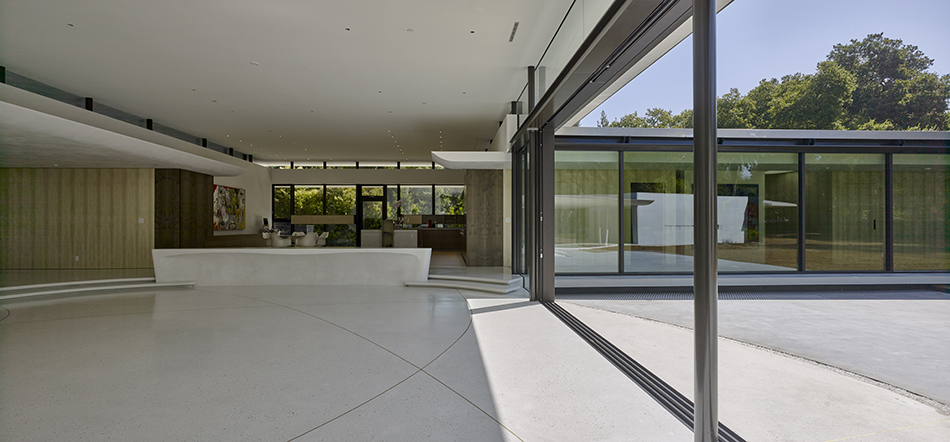![]() Ludwig Mies van der Rohe is one of the most well known architects of the 20th century to be shaped by and to shape the Modernist tradition. Through the Deutscher Werkbund, Mies met and worked with other young architects who would become famous Modernists: Walter Gropius and Le Corbusier. This generation of young German designers was deeply influenced by the collapse of the old European order at the end of World War I and developed a style that rejected all the old truisms of architecture in favor of a radically modern, progressive style. During the 1920s and 30s, Mies developed his mantras, “less is more,” and “God is in the details.” In 1928, Mies with his collaborator Lilly Reich won a commission to build the “German Pavilion” for the 1929 International Exposition in Barcelona, Spain. Mies’s design for the pavilion was bare-bones (Mies said later in life that his designs were all “skin and bones”) without exhibits. In the pavilion, Mies used glass extensively to create a lived connection and flow between the interior and exterior design. Mies’s focus on openness rejected traditional, enclosed rooms and instead allowed for a transparent seamlessness to promote movement through the space. The Barcelona Pavilion was meant to be temporary and was torn down a year later, but its impact was incalculable and was rebuilt in 1986. Mies left Germany in 1937 for the United States, where his stark, Modernist style came to be known and imitated around the world as the “International Style.”
Ludwig Mies van der Rohe is one of the most well known architects of the 20th century to be shaped by and to shape the Modernist tradition. Through the Deutscher Werkbund, Mies met and worked with other young architects who would become famous Modernists: Walter Gropius and Le Corbusier. This generation of young German designers was deeply influenced by the collapse of the old European order at the end of World War I and developed a style that rejected all the old truisms of architecture in favor of a radically modern, progressive style. During the 1920s and 30s, Mies developed his mantras, “less is more,” and “God is in the details.” In 1928, Mies with his collaborator Lilly Reich won a commission to build the “German Pavilion” for the 1929 International Exposition in Barcelona, Spain. Mies’s design for the pavilion was bare-bones (Mies said later in life that his designs were all “skin and bones”) without exhibits. In the pavilion, Mies used glass extensively to create a lived connection and flow between the interior and exterior design. Mies’s focus on openness rejected traditional, enclosed rooms and instead allowed for a transparent seamlessness to promote movement through the space. The Barcelona Pavilion was meant to be temporary and was torn down a year later, but its impact was incalculable and was rebuilt in 1986. Mies left Germany in 1937 for the United States, where his stark, Modernist style came to be known and imitated around the world as the “International Style.”
